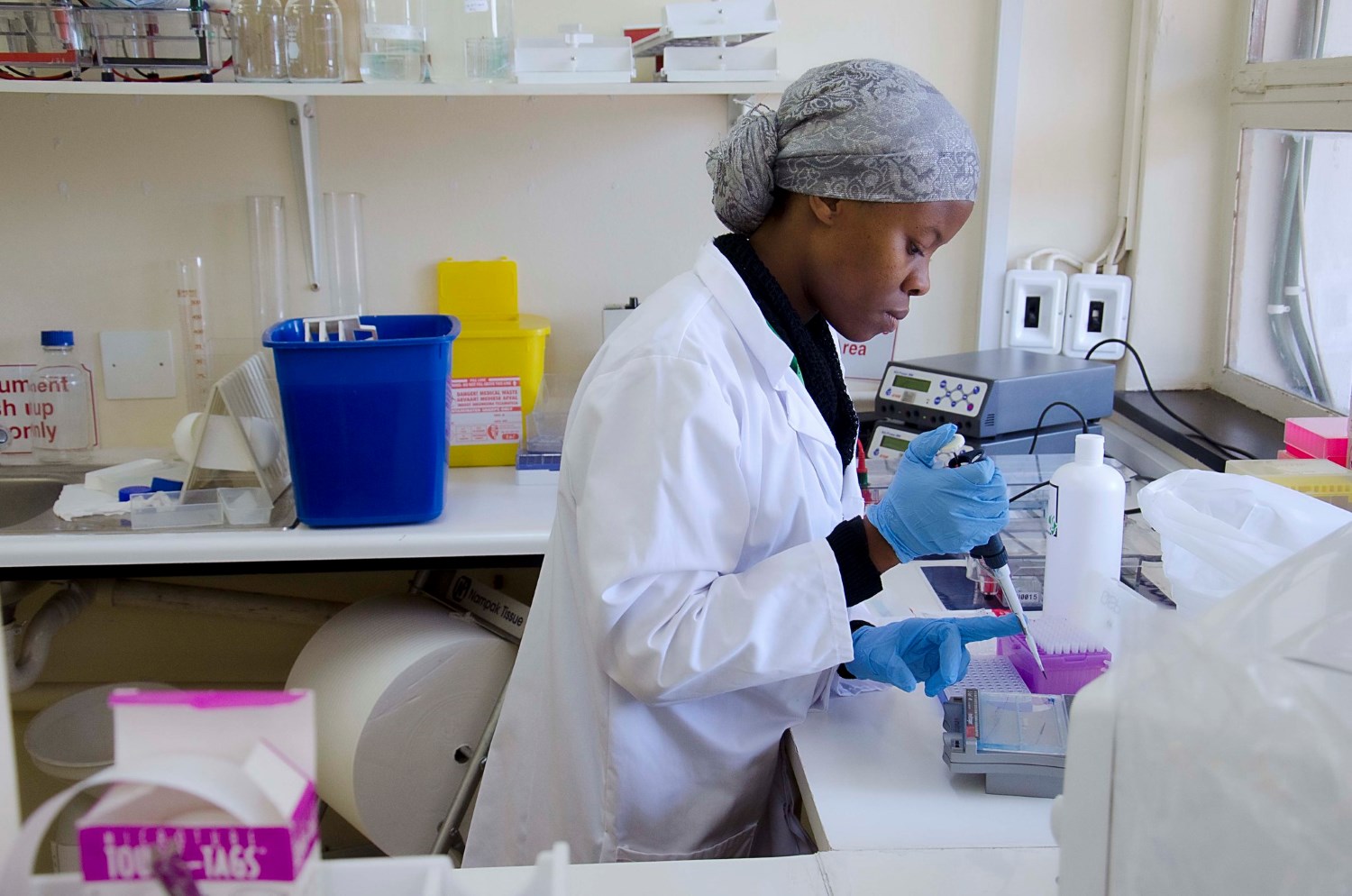Recommended

Blog Post
The COVID-19 pandemic spurred an acceleration in the development of global health technologies. These technologies—many of which are only just coming to market—have the potential to reshape health systems, with significant positive impacts on global health security and pandemic preparedness. However, inherent imbalances between who benefits and who pays, along with potential ‘dis-synergies’ within the system may leave them bound to fail. It is crucial to utilize newly established financing mechanisms and explore alternative approaches to ensure the effective implementation of these technologies and maximize the public health benefits for the world.
Miniaturized and simplified molecular diagnostic tests are an example of this imbalance between who benefits and who pays the cost of a new technology. These devices allow tests that normally require complex laboratory equipment to now be performed at the primary and community care level. They also allow for the testing of multiple pathogens (‘multiplexing’) meaning that the many causes of common conditions such as cough or fever can be differentiated. The clinical benefits for patients are clear. Knowing the causative pathogen can help them get the right treatment more quickly. However, identifying the specific pathogens causing infections will also reduce the reliance on broad-spectrum antibiotics that contribute to the development of resistance. Also, as these devices are digitally connected, they can benefit surveillance systems by sharing test result data rapidly, and support pandemic preparedness by pre-positioning a flexible test device for which tests for new pathogens can be quickly developed.
These new diagnostic tests are a clear example of the imbalance on who must pay the cost of a new technology and who will see the benefits. The status quo is that deploying these devices means costs for tests are borne by public budgets or by patients themselves. With fiscal and economic challenges being widespread, this limits use, particularly in low- and middle-income countries (LMICs), including amongst hard-to-reach communities who would benefit the most. In contrast to who pays, national, regional, and global surveillance systems benefit from reducing selective pressure for antibiotic resistance, better surveillance, and faster epidemic response through strengthened global health security. In other words, someone sitting in London or in New York does benefit from timely diagnosis in Maputo or rural Malawi. The Lancet Commission on Synergies describes these as ‘dis-synergies’ between the three agendas of global health—universal health coverage, health security and health promotion. Similar imbalances around technologies are pervasive in public heath, including support for the uptake of new vaccines to prevent disease, and genome sequencing capabilities to rapidly identify antibiotic-resistant strains of bacteria and new or variants of pathogens of pandemic potential. We need new ideas to address these imbalances between who benefits and who pays.
Solutions to these ‘dis-synergies’ may come through:
Maximizing the use of newly created financing mechanisms for pandemic preparedness: In late 2022, two innovative mechanisms were established to support pandemic preparedness. The World Bank introduced the Pandemic Fund with the aim of assisting LMICs in better preparing for future pandemics. Simultaneously, the International Monetary Fund announced the operationalization of the Resilience and Sustainability Trust (RST), providing financial support to countries addressing two critical long-term structural challenges: climate change and pandemic preparedness.
However, almost a year later, challenges have emerged for both funds. The Pandemic Fund has struggled with fundraising, raising only US$1.6 billion of the $10 billion needed. Furthermore, the demand for funding in the first call for proposals far exceeded the available funds, with requests totaling over $7 billion, while only $338 million were disbursed. In contrast, the RST has nearly reached its entire $42 billion target, with the board approving programs for eight countries: Costa Rica, Barbados, Rwanda, Bangladesh, Jamaica, Kosovo, Seychelles, and Niger. Disbursements have commenced for Barbados, Costa Rica, and Rwanda. Unfortunately, none of these agreements have incorporated measures to prepare countries for future pandemics, let alone the integration of new proven technologies within national programs.
Exploring alternative financing models: Innovative solutions such as subsidies and impact bonds could help spur the uptake of these technologies. Initiatives such as the Pandemic Influenza Pandemic framework, in which pharmaceutical companies make annual cash contributions to the World Health Organization to enhance pandemic preparedness in exchange for access to influenza virus samples, could serve as a model to deploy these technologies while mitigating the cost of sample collection for LMICs. Examples of impact bonds, including the Humanitarian Impact Bond, the Utkrisht Impact Bond, and the Cameroon Cataract Bond demonstrate the potential to reduce the risk to LMIC governments investing in novel technology for dual public health and patient care gains. Under the impact bond model, a government (or, in some cases, aid organizations) commits to repaying impact bond investors with a return up to 5–7 years later if the service provider delivers pre-agreed outcomes. Similarly, Debt-for-SDGs swaps in indebted countries like the Ethiopia-Spain Debt Swap for Health could equally reduce the risk for LMIC governments to invest in novel technology.
There is a vibrant global pipeline of manufacturers developing products with substantial spillover effects, largely jump-started by investments made during COVID-19. However, realizing the full potential of promising technologies, such as multiplex Point-of-Care diagnostics and genomic sequencing technologies in global health, requires a shift in how the global health community thinks of technology stewardship and scale. This shift entails going beyond mere clinical evidence and technical considerations to address questions related to financing, system structure, and equity. Without this broader perspective, the transformative impact of these technologies may remain unrealized.
Disclaimer
CGD blog posts reflect the views of the authors, drawing on prior research and experience in their areas of expertise. CGD is a nonpartisan, independent organization and does not take institutional positions.
Image credit for social media/web: sudok1 / Adobe Stock





